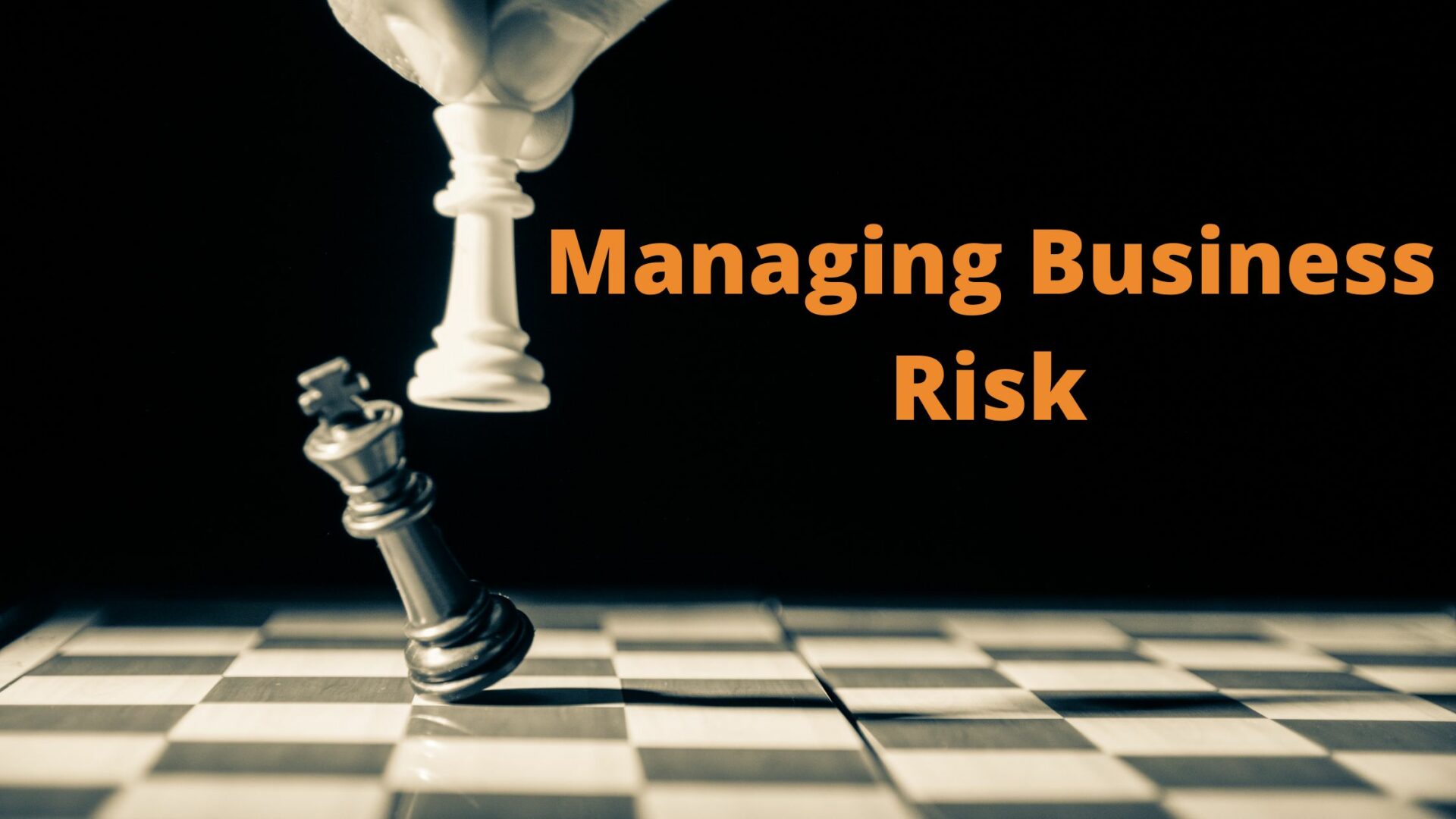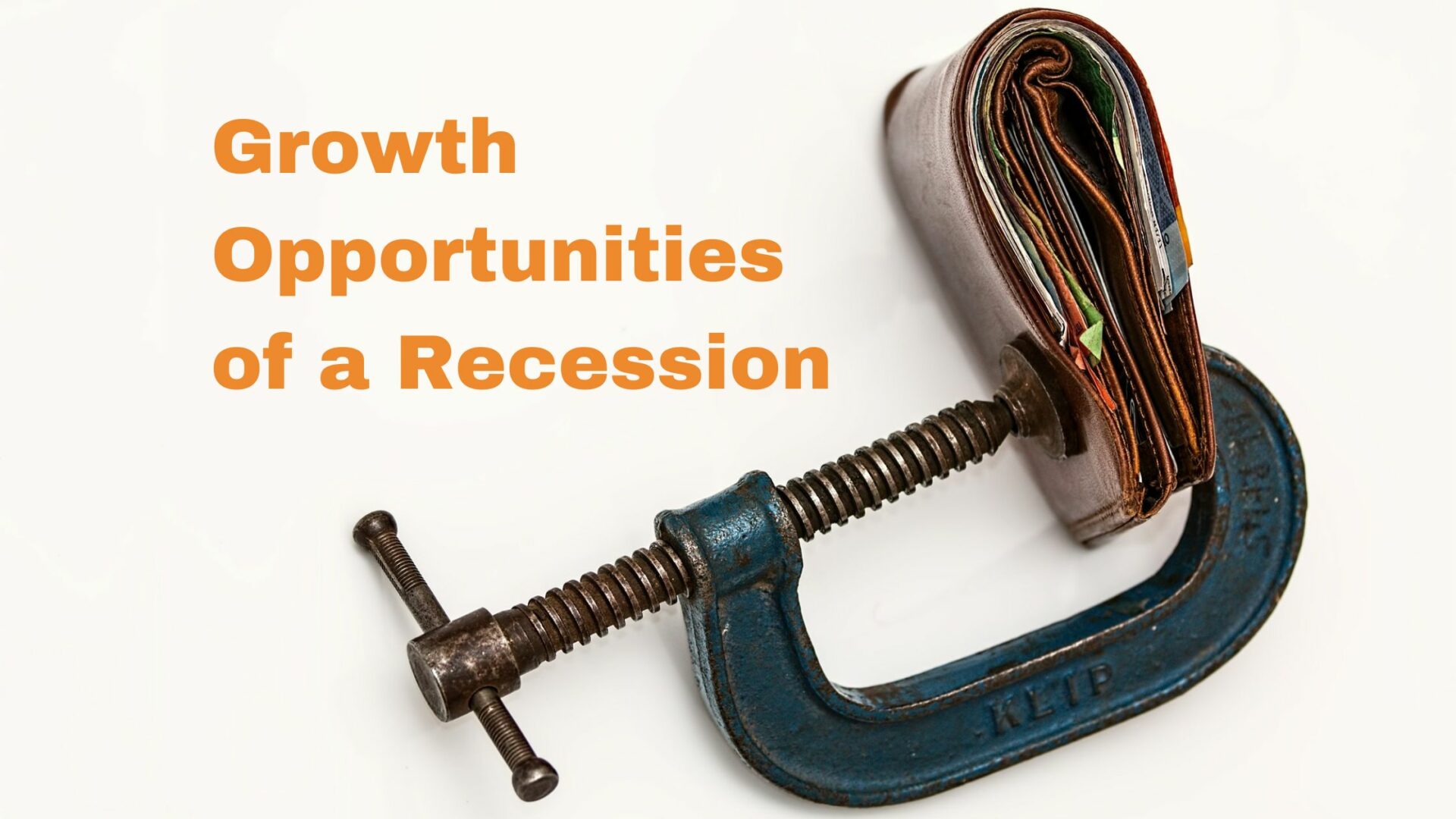
Every credible Chief Executive Officer leading a business will know where they are heading. In fact, their course will have been plotted before they set sail. Even in foggy skies when the coast is barely visible, a successful CEO will have a clear direction to reach the exotic, foreign land they’re searching for.
This remains true when it comes to selling a business. CEOs must constantly be asking themselves how they know their compass is pointing in the right direction. Or, to put it simply, how do you know if your business is ready for a sale?
Exit strategy for 2021: How to Sell a Business
A key goal for many CEOs as we settle into the “roaring 20’s” will be to sell their business.
In normal times this is rarely straightforward, but when you add today’s global and local economic environment to the mix it can be best described as uncertain (and that’s putting it kindly!). But, even though it may be a strange period for the world, that doesn’t mean that selling a business is out of the question.
No matter how tough the times are, a company purchase valuation equation remains the same – valuation = profits * a multiple.
Profits are fairly easy to calculate as they’re quantitative and measurable. Sure, one company might pass their expenses through the P/L account, while the second would look to cap-ex and strengthen their balance sheet, but the end result is the same. As long as the approach has been consistent, it will paint an accurate picture.
What About the Multiple – How to Value a Business?
This leaves the mythical “multiple” which, when it comes to how to value a business, is essential. But, who sets it? Where are the standards and regulations? If the profits can be qualified by ACCA, who is offering the same, reliable service for the “multiple”?
The answer is refreshingly simple: there isn’t one! The multiple applied to any purchase is narrative-driven. This means that “off balance sheet” factors play a pivotal role in creating a valuation, and each industry will have its own unique benchmark set by historical precedents. For example, a consultancy business is known to trade on a benchmark of 6x’s EBIT.
But, this benchmark is only a starting point. What you do next will determine the success of your company sale.
This is when you need to ask yourself, what are the factors that will help to improve the multiple of the benchmark you can expect to secure?
When selling a company, if you have positioned core functions in the business and created “an asset in each,” you control the narrative. The purchaser would be foolish not to complete the deal, even at a premium! This is because you’ve demonstrated your value through clear key performance indicators (KPIs), which creates value in the multiple of the company.
Six Factors of a Premium Valuation
We won’t dive deep into each factor now, but instead introduce you to the six factors of a premium valuation. If you’re wondering how to get the best valuation for a business, this is essential knowledge.
First things first, these factors form a linear progression. If you’re aiming high and want to reach your maximum value, you have to demonstrate V+2 all the way through to V+7. You can’t pass-go and jump straight to V+7, unfortunately.
Talent / Capability / Culture
When positioning the company for a sale, you need to demonstrate that the business has talent, capability, and culture beyond your market peers. If you can do this, it’ll give potential buyers confidence that the future business will continue to deliver on the existing business strategy and you’ll be much more likely to secure a sale.
Innovation
What is the driving force behind your product or service? Is it at the forefront of creativity in your marketplace? The key here is to understand that innovation is all relative to your industry. If your market is in the printing industry, for example, you don’t have to demonstrate Elon Musk’s sense of commitment to cutting edge technology – no one’s asking for the Space X of printers! But, if you’ve established a printing machine that cuts down on lead times by half (and your competitors haven’t caught on), your multiple is going to increase.
Product Extension
A product extension is when your business can demonstrate diversification alongside a market adoption of those different products. Take Nike as an example. When they were getting ready to list in the late ‘70s, they realised Wall Street wouldn’t value “just shoes.” So, they added a product extension to include clothing. We don’t need to tell you how that worked out for them! But, if they had just added an extra Cortez to their trainer range, no one would have batted an eyelid.
Channel Extension
A channel extension is a route to a new market. The modern marketplace is constantly generating new channels for businesses to explore and take advantage of. A great example is the cab-hailing apps. Fifteen years ago, the primary way to be driven in London was by an iconic Black Cab. Smartphones opened up a new channel, and now Black Cabs are faced with an extremely competitive market place (and many people wonder why Uber generated such large multiples when raising capital).
A new channel could also be a new market. Sticking with the Uber example, every time they enter a new city or country, this is a channel extension. It’s characterised by a material broadening of the market size you operate in.
Brand Architecture
Now we’re moving into the big leagues! A brand is a word thrown around often, but very few businesses have a genuine brand. Brands characterise longevity and can live way beyond their origins. Ferrari’s passionate cult following stems from and survives with the vigour of the great Enzo Ferrari. Even if the latest Ferrari model didn’t live up to the mechanical brilliance of, say, a Bugatti, the car would still stand for more because of its brand.
Scale
The Holy Grail. If the purchaser can see the business has room to scale, then you have reached the peak of the mountain – congratulations!
Scale doesn’t mean the size of the business, but instead looks at reach and adoption from a large marketplace. The world has never had more humans, and we’ve also never been so closely connected. Look no further than the rapid rise in less than two decades of the social media behemoths to understand scale.
The Final Word on How to Value a Business
None of these factors are overnight changes (although it would be lovely if they were!). But, the time and commitment they take is precisely why they generate value over and above the benchmark. There’s simply no way to cheat them. If you’re looking at how to get the best valuation for your business this year, take the time to implement the above six factors and you’ll end up with much more bang for your buck.
If you need help demonstrating these factors and positioning your company for a sale, speak to us at SGFE today.





